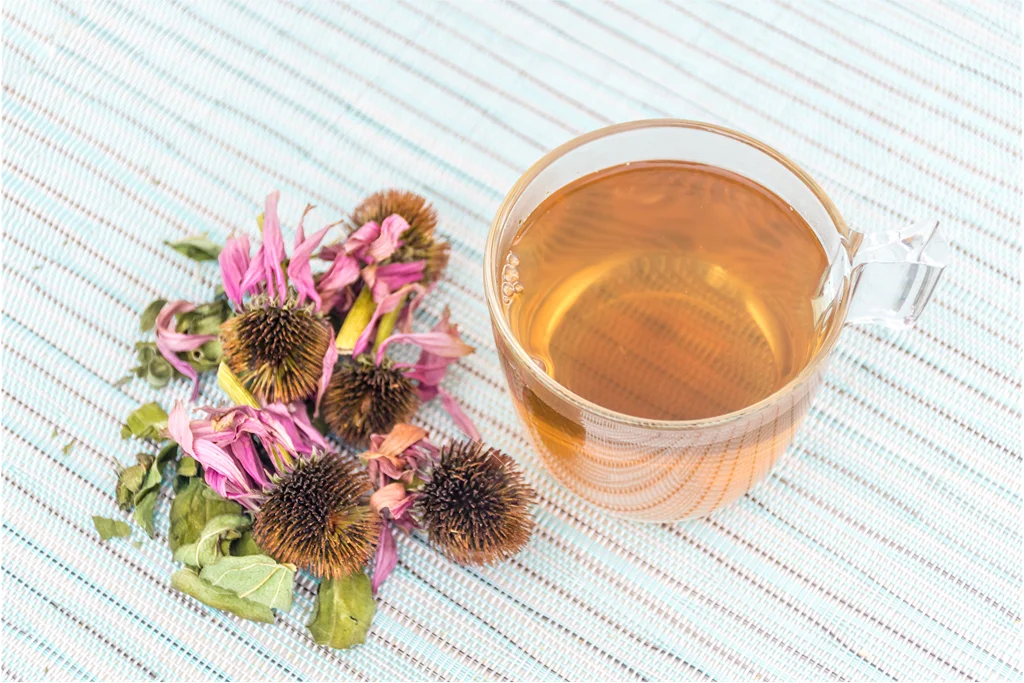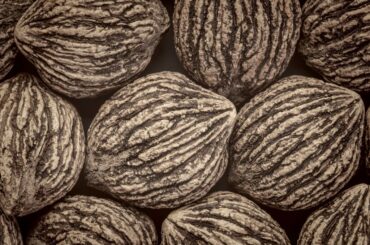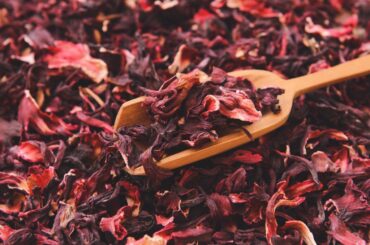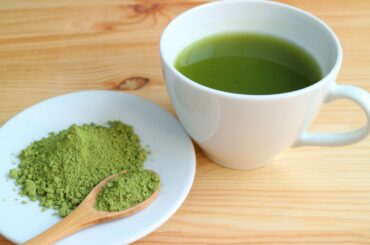Are you fond of drinking tea? If yes, what about making your herbal tea at home? Do you know how to make echinacea tea? What does echinacea tea taste like?
Now let’s learn how to make echinacea Tea, a flowering plant that originates from North America!
What Is Echinacea Tea?

Native Americans have used echinacea tea as medicine for hundreds of years. Echinacea is known for having pretty purple flowers that help the defense system. The plant grows naturally on plains and in open wooded areas.
Echinacea tea is prepared from the plant’s roots, leaves, and flowers, especially echinacea purpurea and echinacea angustifolia.
Given its medicinal and immune-boosting properties, echinacea tea is consumed to prevent common colds and flu. It plays an essential role in fighting body infections and the production of diseases since it is believed to stimulate the production of white blood cells.
Echinacea tea is a comforting and refreshing drink that you can enjoy hot or cold. It can be sweetened with honey or lemon according to your liking.
What Does Echinacea Taste Like?
Echinacea tea is also known for its pleasant taste. This tea is popular for those looking for a soothing and aromatic herbal beverage due to its slightly earthy and floral flavor.
What Part of Echinacea Is Used for Tea?
Echinacea tea is made from a combination of dried leaves, flowers, and roots of the echinacea plant. The tea is created by steeping these parts of the plant in hot water, which allows the beneficial compounds to be released.
Echinacea Tea Ingredients

The estimated preparation time for your echinacea tea is 10 to 20 minutes. In the time it takes to make the tea, you can enjoy 1 cup of this fragrant herbal drink.
To experience and taste the amazing aroma of echinacea tea, you will need the following ingredients:
- Echinacea root: Herbal treatments use this flowering plant to enhance immunity. It boosts the immune system and relieves cold symptoms.
- Dried Echinacea leaves: This ingredient boosts the tea’s overall effectiveness. It contains beneficial compounds that support the immune system.
- Water: Tea requires water. It extracts echinacea’s immune-boosting compound and makes a warm drink.
- Milk (optional): You can add cow’s, almond, or oat milk. This provides additional nutrients and will make your tea creamier.
- Honey (optional): While this ingredient is optional, it enhances the flavor of the tea by providing a kick of sweetness. Its beneficial health properties include soothing a sore throat and nourishing your body with natural antioxidants.
- Lemon (optional): Like any other tea, a squeeze of lemon that provides vitamin C gives your cup of tea a delightful tang and citrus flavor.
- Ginger (optional): A good ingredient addition to ease digestive issues. This adds a spicy and warming element to the tea.
Aside from their beneficial properties, these ingredients create a warming and fantastic echinacea tea, a preferred beverage during colder seasons or when you need some immune system boost.
How To Make Echinacea Tea

Preparing echinacea tea involves some enjoyable and easy procedures. To ensure the freshness of tea in every cup, you need to follow the steps given below:
- Gather the ingredients: 1 tablespoon dried echinacea root or 2-3 echinacea tea bags, 1 cup water, 1 cup milk (dairy or plant-based), and a sweetener of your choice (honey, stevia, etc. (optional)).
- Bring water to boil: Boil water in a pot.
- Put echinacea root or tea bag: If you use dried echinacea root, add it to the boiling water. If you are using echinacea tea bags, place the tea bags in the water.
- Simmer: Reduce the heat to low and let the echinacea simmer for about 15 minutes. This lets water absorb therapeutic qualities.
- Strain the echinacea infusion: Remove the pot from heat and strain. This separates echinacea root or tea bag liquid from solids.
- Heat the milk (optional): Milk should be simmered in a separate saucepan. Avoid boiling.
- Mix milk and Echinacea (optional): Pour the echinacea infusion into the saucepan with the heated milk. Stir gently to mix the two liquids.
- Sweeten (optional): Sweeten to taste and mix thoroughly.
- Serve: Pour the echinacea tea into cups or mugs and serve it hot.
Harvesting Echinacea For A Tea
You may follow these steps to harvest echinacea tea, a drink that offers a lot of immune-boosting benefits:
- Wait until the plant is mature and the flowers are in full bloom.
- Cut the flower heads and the upper parts of the stems.
- Dry them in a well-ventilated location, away from direct sunshine until crisp.
- Remove all the petals and put the dried herb in an airtight container.
Tips For Making Echinacea Tea
You may take note and follow these tips to enhance the taste and aroma of your
echinacea tea.
Here are some helpful tips for scoring a delicious and soothing cup:
- Follow the required steeping duration: To infuse the medicinal properties and aromatic compound into the tea, steep the echinacea leaves for 5 to 7 minutes.
- Try out different sweeteners: Try honey, agave nectar, or stevia instead of sugar syrup for echinacea tea. Avoid putting too many sweeteners to prevent overpowering its delicate flavors.
- Use only fresh and pure milk: Nothing compares with fresh ingredients. With this, use only fresh and high-quality milk.
- Incorporate complementary flavors: You may squeeze some lemon or sprinkle cinnamon. These additives can add a twist of freshness and a warm, comforting touch to your tea.
- Feel free to experiment: Adjust your echinacea tea’s steeping temperature and duration if it tastes too weak or powerful. Remember that higher temperatures and longer steeping times produce more robust flavors and vice versa.
Echinacea Tea Nutritional Facts
Echinacea tea, which is prepared from an echinacea plant, has few calories and macronutrients. This may vary depending on brand, preparation techniques, and serving size. Here are estimated nutritional facts for echinacea tea based on typical serving size:
- Calories: Approximately 0-5 kcal
- Carbohydrates: Less than 1g
- Protein: 0g
- Fat: 0g
- Saturated Fat: 0g
- Cholesterol: 0mg
- Sodium: 0-5mg
- Potassium: 0-10mg
- Sugar: 0g
- Vitamin A: 0-2IU
- Calcium: 0-2mg
Please note that these estimations are inaccurate for all kinds of echinacea tea products. Adding additional sweeteners or other optional complementary flavors may affect some nutritional content of the drink.
Disclaimer: Nutritional values stated above are approximations based on average serving sizes. You may consult a healthcare practitioner and check the product’s packaging for more precise information.
Echinacea Tea Benefits
You may enjoy the pleasant taste of echinacea and take advantage of its numerous health advantages. Sip your way to improve your well-being by exploring the powerful benefits of echinacea tea, which offers a natural and refreshing solution for a healthier and more vibrant life.
Here are some echinacea tea benefits:
- Enhances your immune system: Helps in boosting your immune system to help your body fight against infections and illnesses.
- Soothes respiratory problems: It relieves or prevents cold, cough, and congestion symptoms, promoting respiratory health.
- Reduces inflammation: Given its anti-inflammatory properties, it helps your overall well-being by easing discomfort caused by inflammation in the body.
- Boosts mental alertness: Echinacea tea contains caffeine, which enhances mental alertness by promoting the brain’s blood flow and stimulating cognitive function.
- Promotes relaxation: This tea has a calming effect on the body and lowers stress levels.
FAQs
What Parts Of Echinacea Are Used For Tea?
The aerial parts of the echinacea plant, including the leaves, flowers, and stem
How Do I Harvest Echinacea For Tea?
Wait until the plant matures and the flowers bloom to collect echinacea for tea. Cut the stem and head of the flowers and let them dry away from direct sunlight. Strain all the petals and move in an airtight container.
Is It Safe To Drink Echinacea Tea Every Day?
Yes, it is considered safe for short-term use and consultation to healthcare professionals is recommded for long-term or frequent consumption.
Who Should Avoid Echinacea?
Individuals who have an autoimmune disorder, such as lupus or multiple sclerosis, or those with a known allergy to plants in the daisy family (such as ragweed) should avoid using echinacea.
Does Echinacea Tea Have Side Effects?
Yes, some may experience mild side effects, such as upset stomach, nausea, or allergic reaction.
Is Echinacea Tea Safe For Children?
Due to limited safety and efficacy study in children under 12, echinacea tea is not suggested.
Can Echinacea Tea Interact With Medications?
Yes, immunosuppressants, antivirals, and liver-metabolized medicines may interact with echinacea.
What Is the Most Effective Way To Take Echinacea?
Echinacea comes in tea, tincture, pill, and extract forms. Individual preferences and health advantages may affect efficacy.





